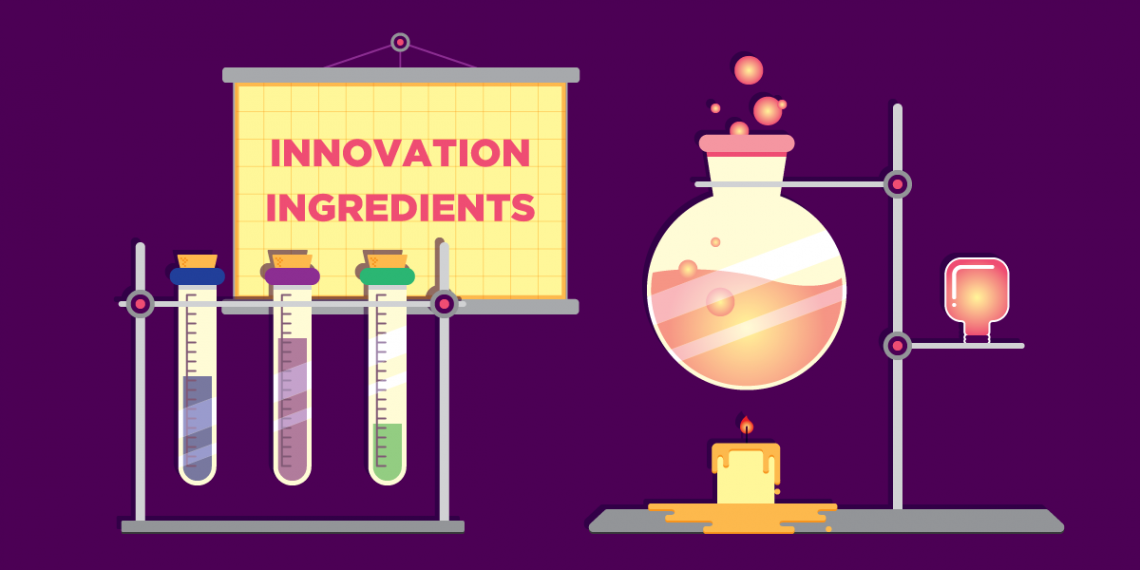We really do need good ideas; they are critical. However, viewing innovation and its management just as a collection of brilliant ideas to invest in creates issues of its own. Managing innovation only by generating a huge number of ideas and seeing where they lead is not a good recipe for successful innovation management. Furthermore, these amazing ideas are frequently radical in nature, which is great for making headlines but will most likely gather few or no consumers in reality. In most situations, innovation is just doing what we are already doing, just a little bit better. We must take innovation seriously and the way we shape and manage it.
It takes time and effort to turn a fantastic new idea into something that adds value to the market or improves our operations. It is not just about project management, it is also about managing high levels of uncertainty. Creating processes enables us to analyze and adjust our course as we go. Because tiny changes matter, the innovation process must be iterative – it is what drives us to improve on what we already do.
Agile project management and software development is an iterative strategy that helps teams provide value to clients faster and with fewer difficulties. An Agile team provides work in tiny, digestible chunks rather than relying on Eureka moments. Teams are naturally adapting to change rapidly since requirements, strategies, and outcomes are assessed on a regular basis. It brings a real and lasting impact.
How does Agile work?
The Agile method accelerates profitable growth by removing employees from their organizational areas and placing them in self-managed and customer-focused interdisciplinary teams. Agile is all about bringing new ideas to the table. Despite the fact that the approach is less helpful in normal operations and procedures, most businesses nowadays operate in highly dynamic settings. Agile comes in a variety of flavors, all of which have a lot in common. The only difference is that they highlight somewhat different aspects of the innovation process.
-
Scrum encourages collaborative problem-solving that is both inventive and flexible. The organization assembles and equips a small cross-functional team (often 3-9 individuals) with all of the required abilities to fulfill its duties. It is self-managing and responsible for all aspects of the task. Daily "stand-up" meetings are held by team members to assess progress and identify impediments. They work out their differences via trial and error and feedback.
-
Lean development focuses on continuous waste reduction;
-
Kanban concentrates on reducing lead times and the amount of work in progress.
This approach includes training, behavior modification, and frequently new information technology. It’s a useful tool, but don’t lose sight of the strategy. Innovation strategy – a clear concept of where we’re heading – we need it because with all of these revisions and tiny tweaks, it’s easy to lose track. This must also be communicated throughout the organization’s teams and departments.
Agile management, as compared to traditional management approaches, provides a number of important advantages. This management framework enhances team productivity and employee happiness. It also cuts down on waste from inefficient management and needless paperwork while improving the quality of operations and goods. Agile’s expansion into a larger variety of corporate operations will be accelerated by those who learn to lead it.






